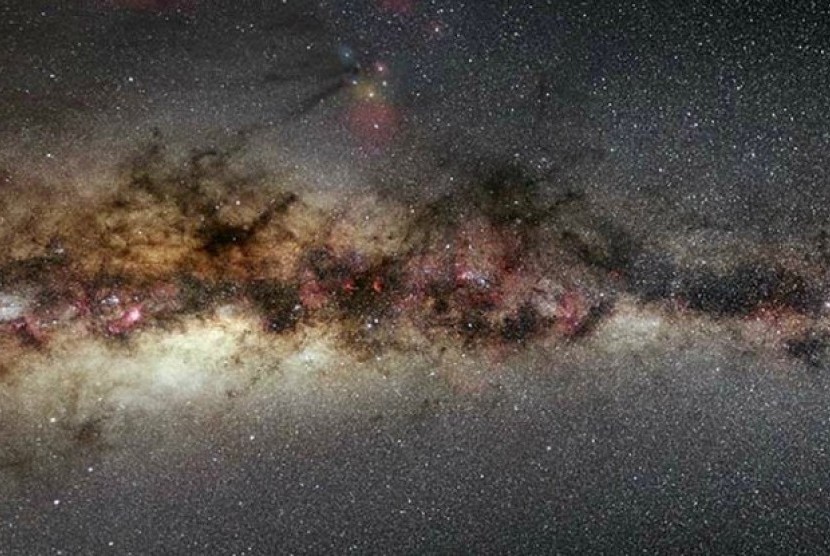The large cloud of dimly glowing hot gas was in intergalactic space
REPUBLIKA.CO.ID, JAKARTA — Scientists detected a cloud larger than the entire Milky Way galaxy. Huge clouds of hot gas that glow faintly in the intergalactic space gathered in large clusters.
Scientists believe these clouds may have simply detached from galaxies in clusters or clusters of galaxies. A galaxy cluster is a collection of galaxies that are gravitationally bound together.
This is the first gas cloud of this type ever seen. Even more surprising, the clouds did not disappear, but continued to accumulate for hundreds of millions of years.
“This is an exciting and surprising discovery. This shows that new surprises are always out there in astronomy, as the oldest natural science,” said physicist Ming Sun of the University of Alabama at Huntsville. Science Alert, Tuesday (6/7).
The galaxy cluster where the gas cloud was found is called Abell 1367, or the Leo Cluster, which is about 300 million light-years away. It contains at least 72 major galaxies, and is part of a larger supercluster complex.
From the Japanese telescope
In 2017, astronomers using Japan’s Subaru telescope spotted what appeared to be small warm clouds at Abell 1367. Since their origin was unclear, scientists came back with more instruments for a closer look.
The team, led by astronomer Chong Ge of the University of Alabama at Huntsville, used the ESA’s XMM-Newton X-ray telescope and the Multi Unit Spectroscopic Explorer (MUSE) on the Very Large Telescope. They found X-ray emission that showed the clouds were bigger than they had previously thought.
In fact, it is much larger than the Milky Way galaxy with a mass of about 10 billion times the Sun. These clouds appear to be unrelated to any known galaxies in the cluster.
The cloud just floated there. Cloud temperatures range between 10 thousand and 10 million Kelvin—consistent with gases that can be found in galaxies, the interstellar medium.
The hot gas, which is much less dense than the intracluster medium (the space between galaxies in clusters) is still hotter, at about 100 million Kelvin. This suggests that the gas cloud detached from the galaxy as it moved through space.
“The gas in the cloud is removed by the pressure of the hot gas in the cluster, as the host galaxy surges in the hot gas at a rate of 1,000 to 2,000 km per second,” said Sun.
“It’s like when your hair and clothes fly backwards when you run forward against a strong forward wind. After being ejected from the parent galaxy, the cloud initially cools and evaporates in the parent intracluster medium, like ice melts in summer,” he said.
It’s interesting, but a bit odd—because researchers couldn’t find a nearby galaxy that could explain this happening recently. However, if the gas had been pulled out of the galaxy hundreds of millions of years earlier, how could it not have dispersed into the intracluster medium?
To solve it, the team did the calculations and found that the magnetic field could hold the gas cloud together against the instability that would otherwise break it apart, for a long period of time. Given the high cloud mass, the team has concluded that the parent galaxy from which it was torn apart is a large, massive galaxy.
In addition, now that one cloud has been identified, scientists have a set of data that will help identify other similar clouds in the future. This will provide valuable information about intracluster dynamics and the distribution of matter in galaxy clusters.
– .


